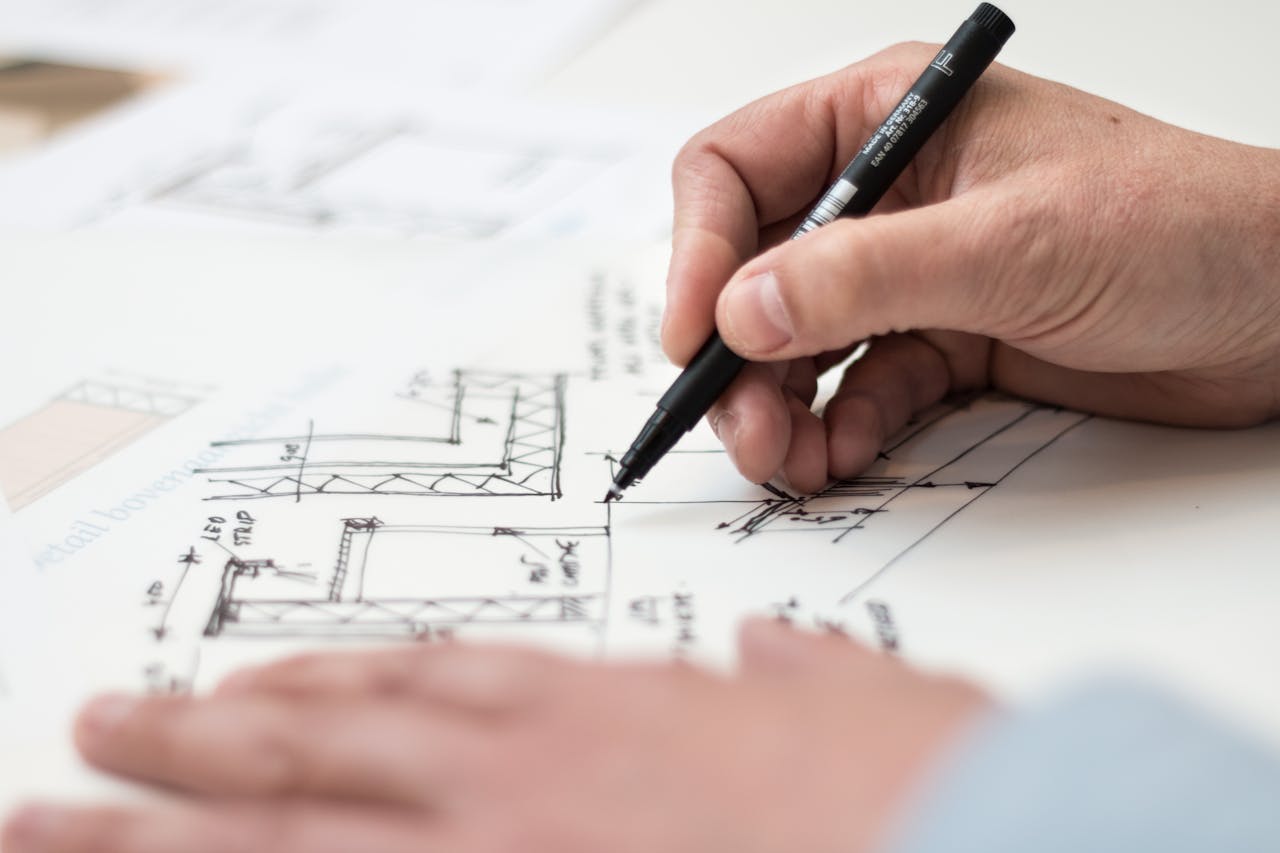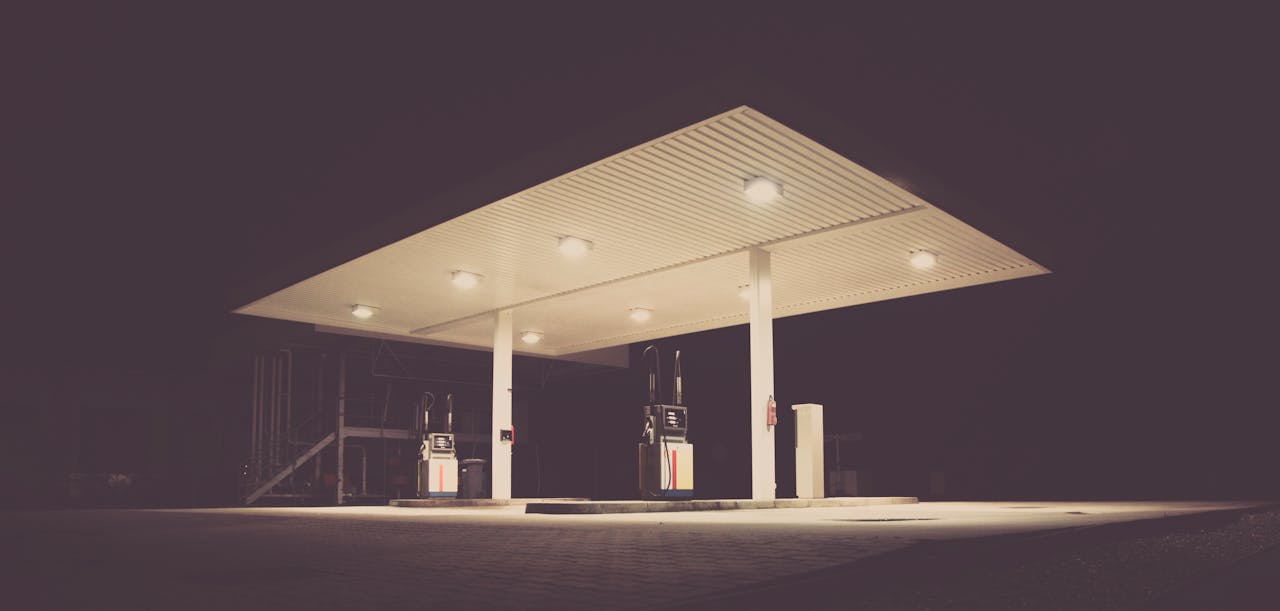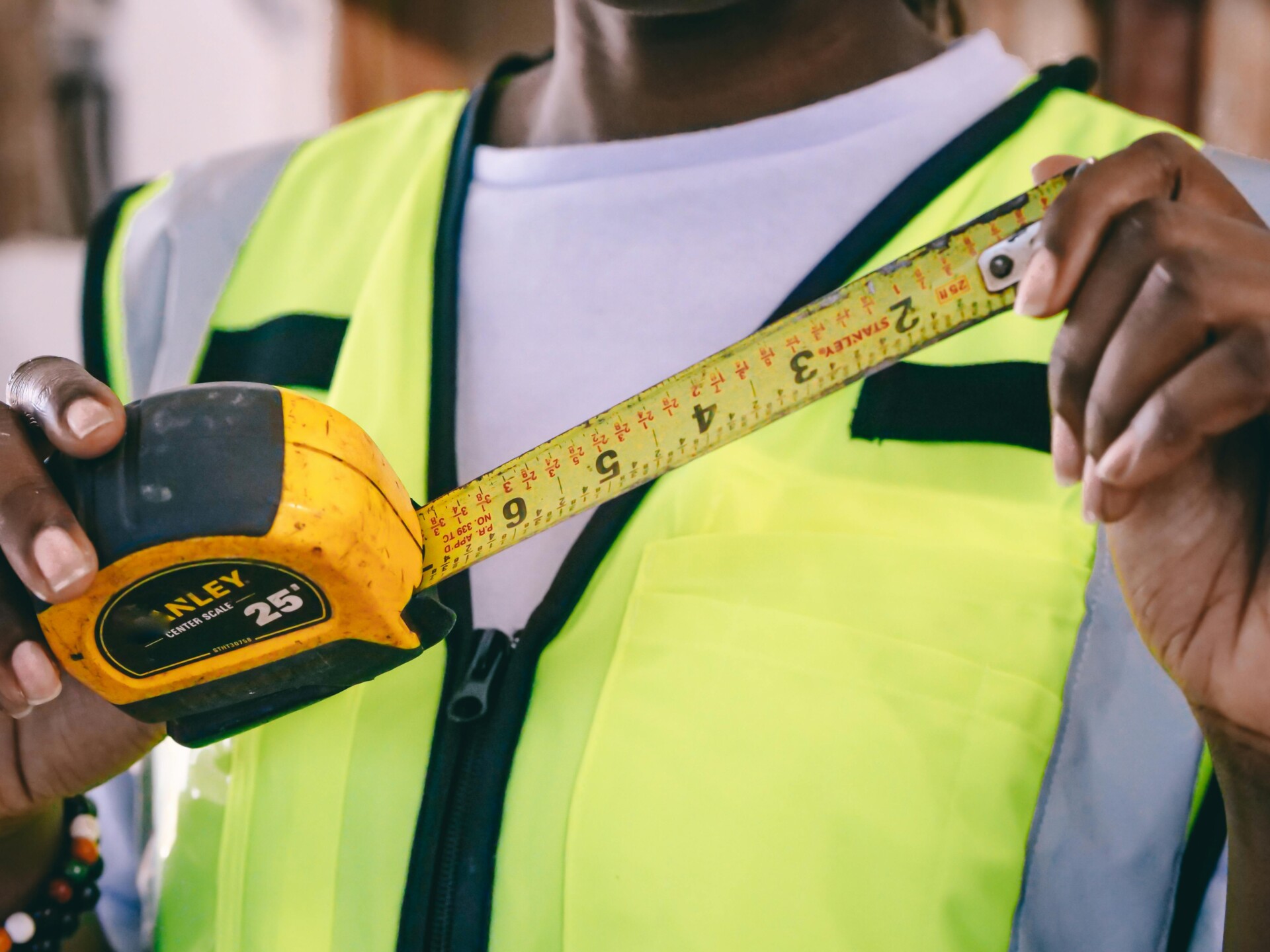New construction costs in 2025 range from $100 to $200 per square foot for core build expenses. Current market data shows most projects cluster between $150 and $200 per square foot, with the midpoint around $150 per square foot becoming the standard benchmark.
A typical new home spans approximately 2,647 square feet and costs about $428,215 for construction alone. When developers factor in land acquisition and related expenses, the average new home sale price reaches $665,298, reflecting the complete investment required beyond just the structure itself.
How Much Does New Construction Cost Per Square Foot And By Home Size?

Industry benchmarks typically range from $100 to $200 per square foot for new construction, with most projects clustering around $150 per square foot as the midpoint. We see many builds falling within the $150 to $200 per square foot range, reflecting current market conditions and material costs.
Some builders quote approximately $140 per square foot for labor and materials alone. This figure excludes land acquisition, permits, and builder overhead, making it useful for understanding core construction expenses without additional project costs.
Cost Ranges By Home Size
Budget planning becomes clearer when we examine specific square footage ranges. An 800-square-foot home typically costs between $120,000 and $160,000 to build. Moving up to 1,000 square feet pushes the range to $150,000 to $200,000.
Mid-size builds show predictable scaling. A 1,500-square-foot home ranges from $225,000 to $300,000, while 2,000 square feet costs $300,000 to $400,000. Larger homes continue this pattern, with 2,500-square-foot builds costing $375,000 to $500,000, and 3,000-square-foot homes reaching $450,000 to $600,000.
What These Numbers Exclude
These construction costs cover the structure itself but exclude several major expenses. Land costs remain separate and vary dramatically by location and market conditions. Site preparation work including utilities, drainage, and grading can add substantial amounts to your total investment.
Builder overhead and markup typically add 20% to 30% to base construction costs. Permit fees, impact charges, and professional services like architectural plans also fall outside these per-square-foot estimates. Understanding these exclusions helps prevent budget surprises during the planning phase.
What Major Cost Categories Drive The Budget?
Understanding where construction dollars flow helps us guide developers and property owners through realistic budget planning. Industry data reveals consistent patterns in how costs distribute across major categories, with some line items offering more control than others.
Interior finishes command the largest share at approximately 29% of total construction costs. This category swings dramatically based on selections, ranging from $30,181 for builder-grade materials to over $321,021 for premium specifications. We see this variance regularly when owners upgrade from laminate countertops to quartz or switch from vinyl flooring to hardwood throughout.
Structural And Systems Categories
Framing represents roughly 18% of the budget, typically running $17,500 to $48,000 for homes between 2,500 and 3,000 square feet. This includes the structural framework, roof trusses, and sheathing that form the building envelope. Lumber market fluctuations affect this category significantly.
Major systems account for about 14% of construction costs through three primary components. HVAC installation averages $26,938 for standard residential systems. Electrical rough-in and wiring ranges from $10,000 to $27,000 depending on home size and complexity. Plumbing systems typically cost around $27,180 for supply lines, drain systems, and basic fixture rough-ins.
Exterior finishes claim approximately 14% of the budget through siding, roofing, windows, and doors. Roofing costs alone span $6,750 to $18,150 based on material choices and roof complexity. Simple gable designs with asphalt shingles stay toward the lower end, while complex rooflines with premium materials push costs higher.
Foundation And Site Development
Foundation work represents about 11% of total costs, averaging $44,748 for typical residential construction. This includes excavation, concrete, and backfill operations. Soil conditions and basement requirements can significantly impact this category.
Site work and permits consume roughly 7% of the construction budget, averaging $32,719 for professional fees, building permits, impact fees, and inspections. Municipal requirements vary widely, but this category typically represents 7.6% of overall project costs when including related site preparation.
Final steps like landscaping, driveways, and cleanup account for the remaining 7%. These finishing touches often get value-engineered when budgets tighten, though they significantly impact curb appeal and property completion.
High-Variance Budget Items
Appliances average $7,500 for basic packages but can escalate quickly with premium brands or smart home integration. We advise clients to establish appliance allowances early since this category tempts many owners toward costly upgrades during construction.
Optional features create the widest budget swings. Decks, pools, and enhanced landscaping vary tremendously based on scope and materials. A basic deck might add $15,000, while an in-ground pool can exceed $50,000 before related site work.
How Do Land, Site Work, And Location Change The Cost For New Construction?
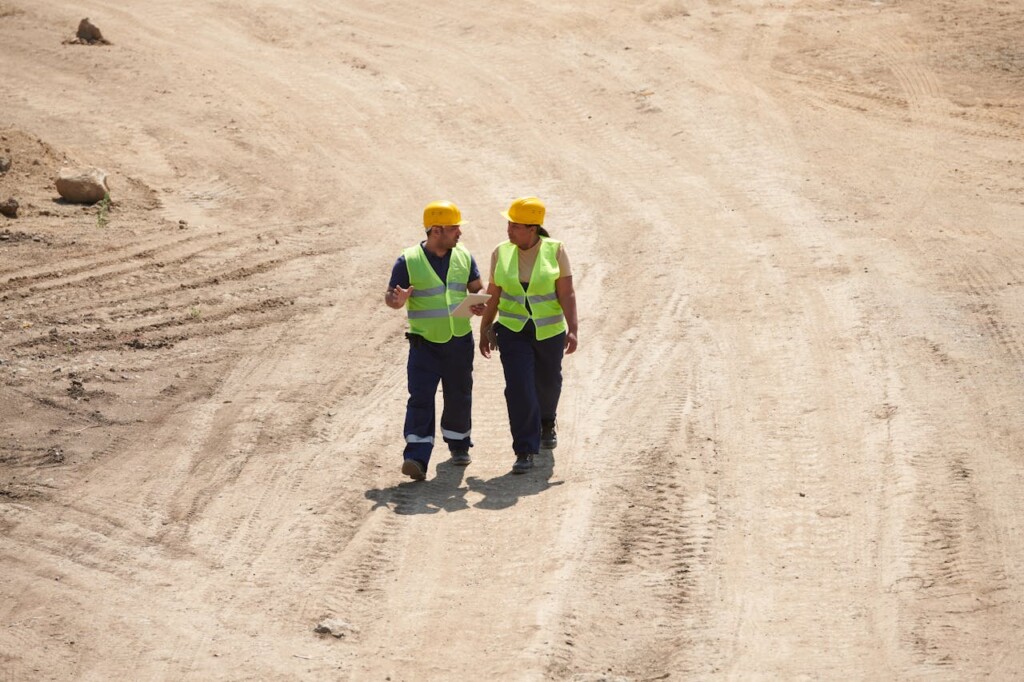
Location drives new construction costs in ways that often surprise property owners. Raw land prices vary dramatically by market, with median lot values ranging from tens of thousands in rural areas to six figures in premium markets. Finished lots with utilities and approvals average around $91,057 with financing, but this figure masks regional disparities.
Site preparation costs add substantial expense beyond the land purchase itself. Basic lot preparation including soil testing, excavation, grading, and surveying typically runs $2,000 to $35,000. However, challenging sites can push these costs much higher. Even on relatively flat terrain, utility hookups, proper drainage systems, and final grading can reach $200,000 or more.
Rural Versus Urban Development Costs
Rural construction projects face unique cost pressures. Properties without municipal services require septic systems, propane installations, and extended utility runs from the nearest connection points. Well drilling and septic system installation alone can add $10,000 to $35,000 to the project budget. Longer driveways, more extensive clearing, and challenging access for construction equipment further increase expenses.
Urban and suburban lots present different challenges. While utility connections may be closer, tap fees and impact charges imposed by municipalities can be substantial. Some jurisdictions charge $5,000 to $25,000 in impact fees alone, depending on local infrastructure needs and development policies.
Regional Cost Variations
Geography significantly influences overall construction budgets. Northeast and West Coast markets show the highest average home prices, driven by land scarcity, labor costs, and regulatory requirements. Areas prone to natural disasters require additional site preparation measures. Coastal regions may need specialized foundations, while regions with freeze-thaw cycles require deeper footings and enhanced drainage systems.
We price land acquisition and site development as separate line items from the building envelope itself. This approach provides clearer budget control and helps identify potential cost overruns early in the planning process. Site conditions discovered during excavation can quickly change project economics, making contingency planning essential for land-related expenses.
What Planning Steps Help Control New Construction Costs?
We approach construction cost control through strategic planning decisions that lock in expenses before trades arrive on site. Early scope definition prevents the most common budget overruns we see across projects.
Start with building design choices that impact per-square-foot costs directly. Two-story designs typically cost less per square foot than single-story layouts because foundation and roof costs spread across more heated square footage. Simpler rectangular shapes reduce framing complexity compared to homes with multiple wings or angles.
Establish Budget Validation Methods
Per-square-foot calculations provide quick sanity checks throughout planning. Divide total construction cost by heated square footage to verify estimates align with market benchmarks. This calculation excludes unheated spaces like garages or basements unless specifically conditioned.
Set realistic allowances for finish selections before contract signing. Allowances establish spending limits for items like flooring, fixtures, and appliances where owners make final selections during construction. We typically recommend allowances based on mid-range product pricing rather than entry-level options to prevent change orders.
Define Contract Scope Clearly
Contract details prevent disputes and unexpected costs during construction. Specify which spaces receive heating and cooling systems. Define garage finishing levels, basement treatments, and utility connection responsibilities upfront.
Address site work boundaries in contracts, including septic system installation, driveway construction, and basic landscaping. Establish how change orders get priced when scope modifications occur during construction.
Build Financial Buffers and Competitive Bidding
Plan contingency reserves of 10% to 20% for unexpected conditions or design modifications. Site conditions, permit delays, or material price fluctuations require budget flexibility beyond base construction costs.
Obtain bids from at least three qualified vendors per trade to ensure competitive pricing. Multiple bids reveal market rates and identify potential scope gaps between different contractors’ proposals.
Account for Professional Management and Schedule Risk
Builder markup typically ranges from 20% to 30% to cover project management, coordination, and overhead expenses. This markup ensures proper supervision, scheduling, and quality control throughout construction.
Factor schedule risk into project budgets. Construction timelines often extend 12 to 22 months from permit to occupancy. Budget for temporary housing costs if current living arrangements cannot accommodate extended construction periods.
Conclusion And Next Steps
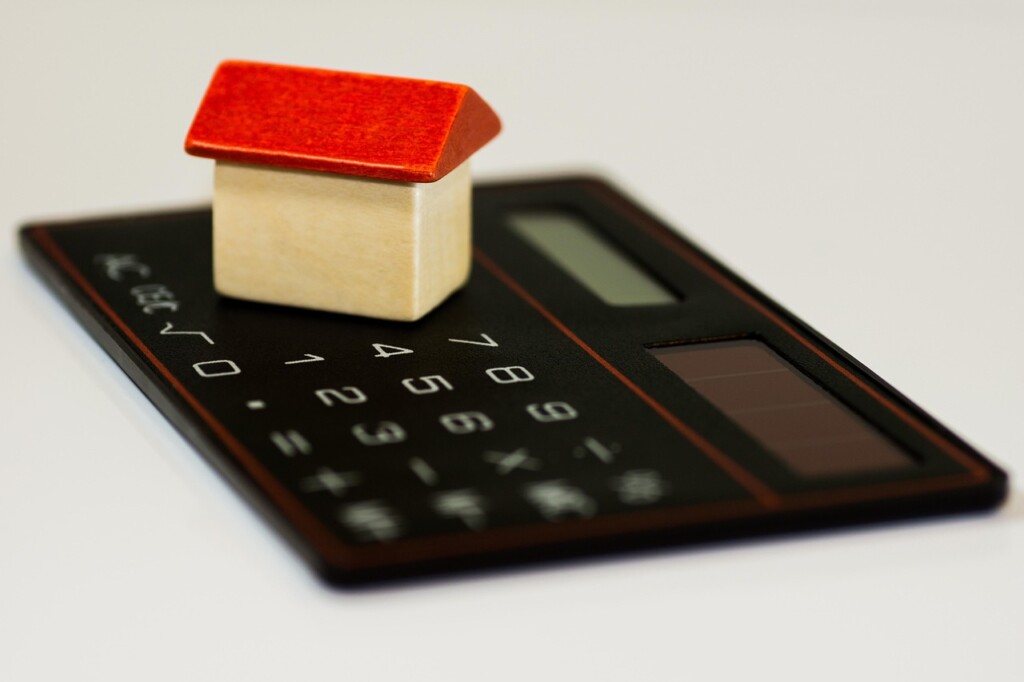
Setting up a realistic budget for new construction comes down to understanding the major cost drivers and building in appropriate safeguards. We recommend starting with per-square-foot ranges as your foundation, then layering in the site-specific costs that can dramatically shift your total investment. The $150 to $200 per square foot range gives you a solid baseline, but remember that land, site work, and permit fees often add another $100,000 or more to your project.
Focus your attention on the elements that create the biggest budget swings. Major systems like HVAC, electrical, and plumbing represent predictable costs that we can estimate accurately early in the process. Interior finishes, however, can range from $30,000 to over $300,000 depending on your selections. We’ve seen projects where finish upgrades alone pushed budgets up by 40%. Similarly, site work varies wildly based on your specific lot conditions, from basic grading to complex utility extensions that can reach $200,000 on challenging sites.
Plan for contingencies by carrying a 10% to 20% buffer in your total project budget. Construction inevitably brings surprises, from unforeseen site conditions to material price fluctuations. We also recommend pricing utility hookups and local permits early in your planning process, as these costs vary significantly by jurisdiction and can affect your overall feasibility. Getting quotes from at least three vendors per major trade helps ensure competitive pricing and realistic scheduling.
For detailed budget development and construction scheduling, partner with EB3 Construction to align your plans with current market conditions and bid key trades before finalizing your project scope.


